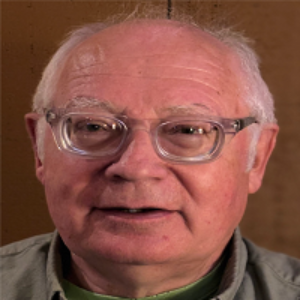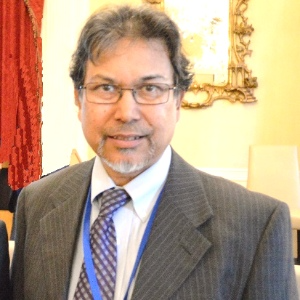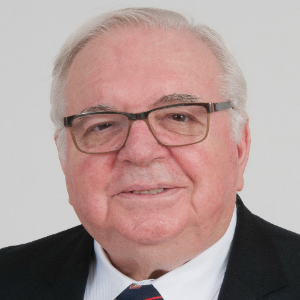A biomaterial is a substance that has been developed to interact with biological systems for therapeutic (treating, enhancing, repairing, or replacing a tissue function of the body) or diagnostic purposes. Biomaterials has been a field of study for nearly fifty years. Biomaterials science or biomaterials engineering is the study of biomaterials. Over the course of its existence, it has grown consistently and strongly as a result of several businesses making significant financial investments in the creation of new goods. The field of biomaterials science combines aspects of tissue engineering, biology, chemistry, and materials science. Additionally, because it depends on the use, caution should be taken when designating a biomaterial as biocompatible. In certain cases, a biomaterial that is biocompatible or appropriate for one use may not be in another. In the lab, biomaterials can be created using a number of chemical techniques employing metallic or polymeric components, ceramics, or composite materials. Biomaterials can also be obtained from nature. The entire or a portion of a living structure or biomedical technology that performs, augments, or substitutes a natural function may be employed and/or altered for a medical purpose. Such functionalities might be bioactive with a more interactive functionality, like hydroxy-apatite coated hip implants, or they could be relatively passive, like being utilised for a heart valve. Every day, medical procedures, dental procedures, and drug administration all make use of biomaterials. For instance, a construct containing pharmaceutical items that have been impregnated can be inserted into the body and allow for the sustained release of a medicine over an extended period of time. In addition, a biomaterial might be an autograft, allograft, or xenograft utilised in a transplant.

Ephraim Suhir
Portland State University, United States
Thomas J Webster
Interstellar Therapeutics, United States
Robert Buenker
University of Wuppertal, Germany
Will Skene
Montreal University, Canada
Valeriy A Buryachenko
Micromechanics & Composites LLC, United States
Anis Rahman
Applied Research & Photonics, Inc, United States
Will Skene
Montreal University, Canada
Robert Guidoin
Laval University, Canada
Robert Buenker
University of Wuppertal, Germany


Title : Introducing picotechnology: An exciting extension of nanotechnology
Thomas J Webster, Interstellar Therapeutics, United States
Title : The failure of both einsteins space-time theory and his equivalence principle and their resolution by the uniform scaling method
Robert Buenker, University of Wuppertal, Germany
Title : Material challenges with proton conducting ceramics for intermediate temperature hydrogenation/dehydrogenation applications
Saheli Biswas, Commonwealth Scientific and Industrial Research Organisation, Australia
Title : Porphyrin layers at metal-electrolyte interfaces monitored by EC-STM and CV
Marek Nowicki, University of Wroclaw, Poland
Title : Color control of electrochromes by structural modification
Will Skene, Montreal University, Canada
Title : Make experiments more efficient: Two simple and powerful approaches. Mg2Si growth for photovoltaic and thermoelectric applications
Alexander S Gouralnik , Institute of Automation and Control Processes, Russian Federation
Title : Reconfigurable antenna structures using tunable materials
Nasimuddin, Institute for Infocomm Research, Singapore
Title : (0, 1 and 2) Dimensional hybrid architecture of the synthesized materials leads the smart sensing of the gaseous species at low/room temperature
D R Patil, North Maharashtra University, India
Title : Enhanced grain refinement, precipitates regulation, and improved mechanical properties of cast Al-Li alloy by Ti addition and heat treatment
Lixiong Shao, Shanghai Jiao Tong University, China
Title : Broadband sound attenuation of shape memory polymer with triangular-honeycomb unit cell metamaterial structural design
Musaab Ejaz, Universiti Teknologi PETRONAS (UTP), Malaysia